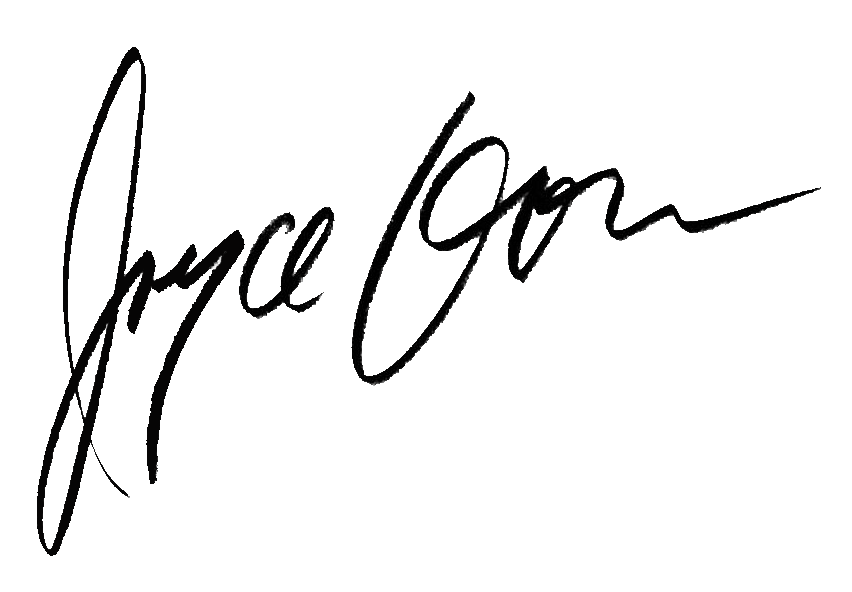The Gaby Mode-Botelho Wizo Center for women was built in Givatayim at the corner of Ben Gurion and Amal Street. Its location is central in the city and the building serves as a community and social center, especially for women senior citizens. Its offices offer legal assistance and day care center registrations. In the planning of the center, I expressed my personal conflicts raised by the encounter of Western Modernism and 'traditional feminine roles': being a woman, "cutting" my way strongly away from home, versus being a woman "at" home. The first kind of woman is articulated in the Wizo building by tall straight grey walls, "cutting" their way through the lower and rounder masses of the building.
The rounder walls, forming softer lines, articulate a certain hug and protection, expressing the woman "at" home. My personal experience is that in every woman exist both sides, and in our era each woman must find her personal equilibrium. In this building there isn't just a metaphoric equilibrium, there is an aesthetic and 'sculptural' equilibrium as well. The contrasts between the 'heavy' local sand stone and the 'light' metal of the International architecture, and the contrast of the 'warmth' of the beige colors of the stone and walls with the 'coolness' of the grey tones of the cutting walls or the aluminum cylinder at the entrance, create sculpturality outside and inside.
Job Architects: Tali Hatuka, Iris Levin, Yfat Wincygster
The Gaby Mode Botelho, Wizo Center
Givatayim
The Gaby Mode-Botelho Wizo Center for women was built in Givatayim at the corner of Ben Gurion and Amal Street. Its location is central in the city and the building serves as a community and social center, especially for women senior citizens. Its offices offer legal assistance and day care center registrations. In the planning of the center, I expressed my personal conflicts raised by the encounter of Western Modernism and 'traditional feminine roles': being a woman, "cutting" my way strongly away from home, versus being a woman "at" home. The first kind of woman is articulated in the Wizo building by tall straight grey walls, "cutting" their way through the lower and rounder masses of the building.
The rounder walls, forming softer lines, articulate a certain hug and protection, expressing the woman "at" home. My personal experience is that in every woman exist both sides, and in our era each woman must find her personal equilibrium. In this building there isn't just a metaphoric equilibrium, there is an aesthetic and 'sculptural' equilibrium as well. The contrasts between the 'heavy' local sand stone and the 'light' metal of the International architecture, and the contrast of the 'warmth' of the beige colors of the stone and walls with the 'coolness' of the grey tones of the cutting walls or the aluminum cylinder at the entrance, create sculpturality outside and inside.
Job Architects: Tali Hatuka, Iris Levin, Yfat Wincygster
